Public Participation
We understand that communicating well with project stakeholders, Indigenous Nations and the public is pivotal to the successful delivery of what we do. Transportation impacts people in different ways, and it is through the diversity of lived experience that our team strives to apply equitable strategies and recommendations for the communities and clients we serve.
Public Projects

Cowichan Valley Regional District Regional Active Transportation Plan
This Regional Active Transportation Plan integrates existing and in-progress transportation plans, policies, and initiatives throughout the region while filling in gaps to create a cohesive and connected regional active transportation plan.
Our team participated in a regional tour with key stakeholders, one-on-one meetings with local First Nations, Technical Advisory Group workshops, and online and in-person Public Open House events. We provided recommendations that fit within the region’s existing capital work programs to inform active transportation design selection and project prioritization.
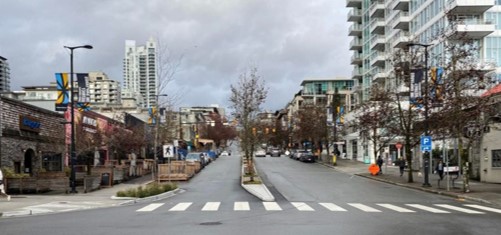
City of North Vancouver Waterfront Transportation Network Study
The City of North Vancouver’s Waterfront area is an active year-round mixed-use destination offering a variety of residential, retail, and leisure spaces. The area is dense and continued growth in the area is expected to increase mobility needs.
Our team created a set of road network intervention recommendations to help facilitate active mode trips, improve safety, and enhance the pedestrian realm while balancing the needs of passenger cars and loading access and parking for visitors, residents, and businesses.
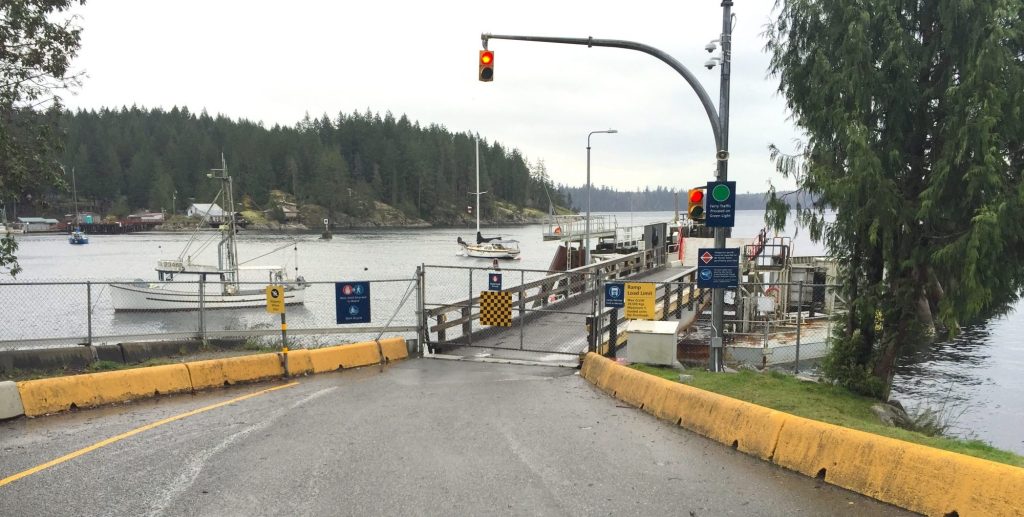
Cortes Island Transportation Demand Study
This project explored strategies to increase and enhance transportation options for Cortes Island residents and visitors, to reduce the Island’s contribution to greenhouse gas emissions.
Our team participated in a comprehensive public engagement process, including creating travel surveys for residents and visitors. Recommendations included implementing a Transportation Demand Management Task Force, Car-stop and Green Rider programs, bike facilities, EV charging, ride-share funding, Quadra Island crossings, and walking routes. Community members supported the study and helped guide its initiatives.
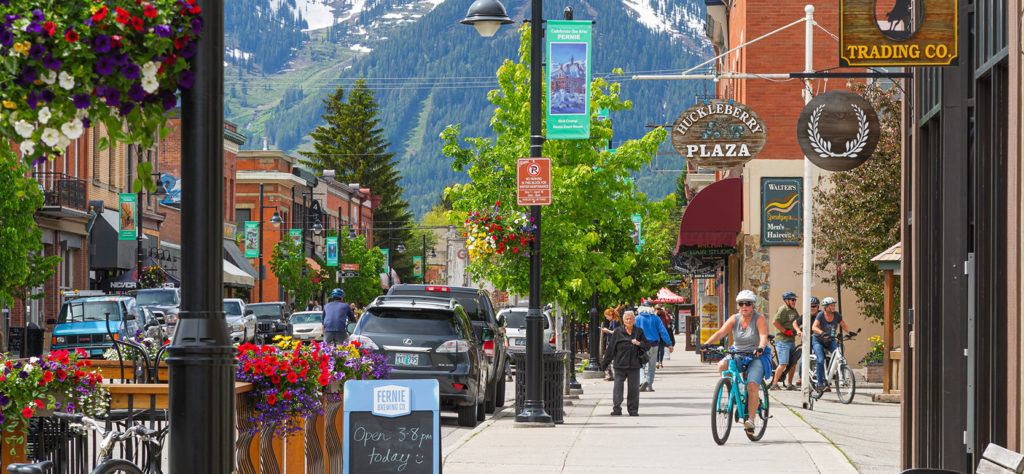 Image Source: City of Fernie
Image Source: City of Fernie
City of Fernie Active Transportation Master Plan
This Active Transportation Master Plan identifies transportation facilities that build on the City’s existing infrastructure and accommodate and benefit all Fernie residents and visitors regardless of travel mode. The plan builds upon the Fernie Master Plan and was developed to achieve the 2040 targets for transportation sustainability.
Our team met with various stakeholders and reviewed the needs of all transportation users. We identified a future pedestrian, rolling, and vehicle network with consideration of existing and future development areas. The plan also ranks infrastructure mobility improvements based on need, cost estimates, and community input.
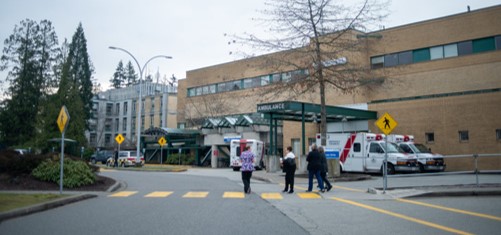 Image Source: Province of British Columbia
Image Source: Province of British Columbia
Fraser Health Transportation Demand Management Plan
Fraser Health Authority’s Transportation Demand Management (TDM) Strategy will support of over 20,000 employees and encourage sustainable commuting at Fraser Health sites.
Our team researched TDM best practices at large healthcare facilities across North America, established a classification system for Fraser Health sites, and identified the most promising measures for application to Fraser Heath. Furthermore, we facilitated staff workshops to prioritize key measures and prepared a summary Draft Board Report and annual program cost estimates to 2030.
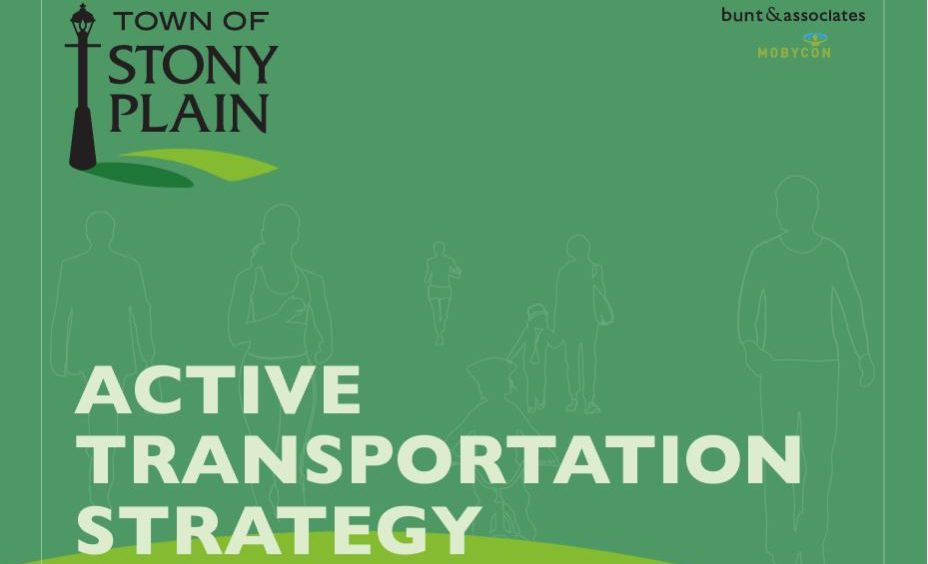
Stony Plain Active Transportation Strategy
The Town of Stony Plain is committed to improving its active transportation infrastructure. Improvements will further connect community destinations, and promote public health and safety, environmental sustainability, and social cohesion.
Our team leveraged innovative public engagement through the “Thought Exchange” survey platform. Feedback was garnered to address concerns and gather improvement suggestions. Public participation further helped identify gaps in the Town’s trail and sidewalk infrastructure.
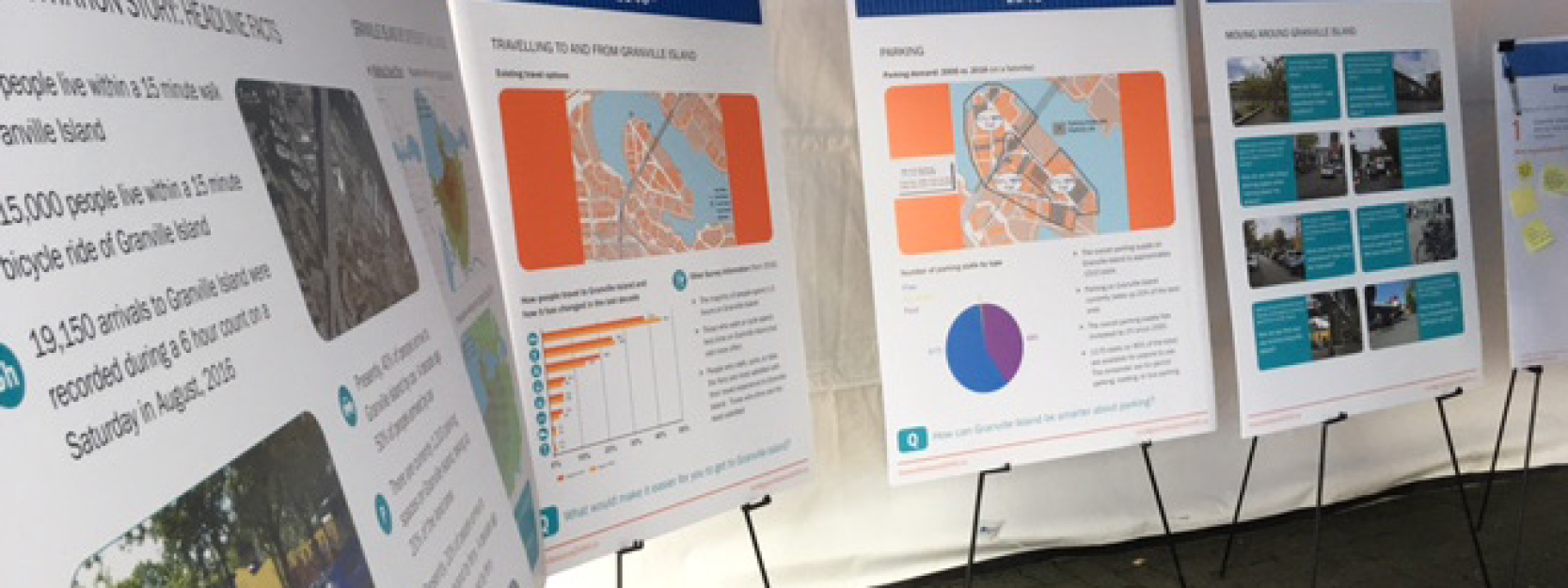
Granville Island 2040 Transportation Plan
Granville Island is an urban renewal project which transformed an inner-city industrial zone into a vibrant mixed-use district with unique shared streets which is attractive to both residents and visitors. The overarching goal of the transportation planning project was to determine how walking, cycling and transit accessibility could be improved and provide a bold but workable transportation plan for a more walkable Granville Island.
Our team’s work on the Granville Island 2040 Transportation Plan resulted in the developing several well-supported and unique infrastructure improvement plans intended to encourage more walking and multi-modal access to and throughout Granville Island.
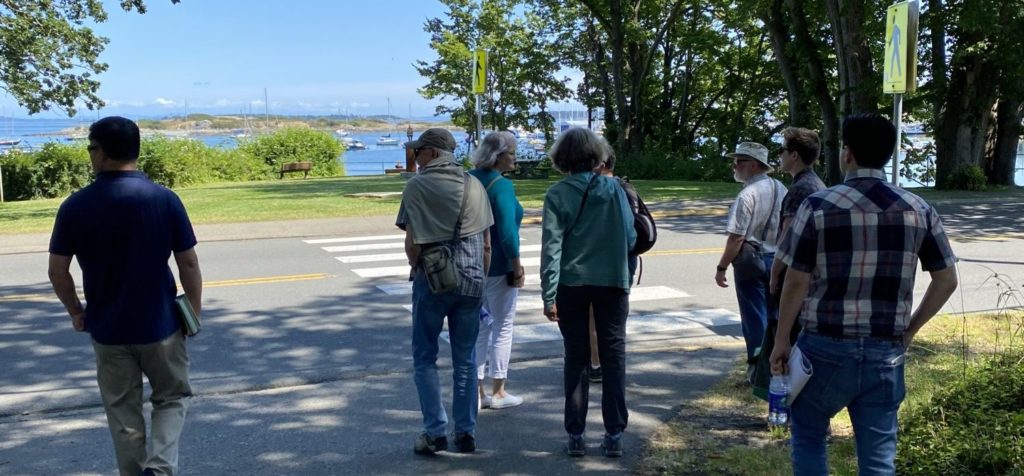 Image Sources: Uplift Engagement Communications
Image Sources: Uplift Engagement Communications
Oak Bay Pedestrian & Sidewalk Master Plan
The Pedestrian and Sidewalk Master Plan will help to build an inclusive and connected pedestrian network that strengthens the quality of life for the Oak Bay community. Enhancing the pedestrian network will also help to improve connections between other modes, such as transit.
Our team completed a condition assessment of the existing sidewalks to update the District’s Sidewalk Priority Index. We developed a suite of design measures that could be applied to various locations to improve safety, comfort, enjoyment, and navigability. The recommendations were informed by community feedback from stakeholder workshops, a community walkshop, two surveys, and participation at the Oak Bay Night Market.
Private Projects

University of Alberta Greenhouse Gas & Commuting Survey
University of Alberta Energy Management and Sustainable Operations (EMSO) sought to collect the necessary data to calculate greenhouse gas emissions generated by student and staff commuter travel.
Our team developed surveys for the EMSO group on multiple occasions to gather data on modal split, travel patterns, and commute satisfaction. Our work included survey data reduction, analysis, a comparative review, and study documentation. The study results allow the University of Alberta EMSO to continue tracking greenhouse gas inventory data related to travel behaviour over time.